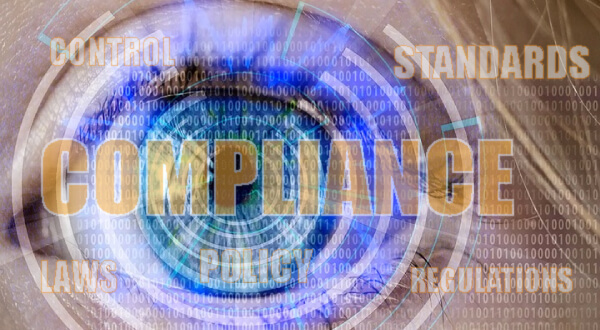A standards-based approach for global compliance with real-time tax controls

I follow global tax compliance across continents closely and what can be seen is a clear trend of Tax Administrations (TAs) introducing increased technology-based real-time tax controls. Such controls include e-invoice clearance, e-ledgers and e-accounting, among others. Unfortunately, I’ve seen many real-life cases in different countries where the TAs issue a regulation that may make sense for a Chief Compliance Officer but is ambiguous for the Chief Technology Officer. This is usually due to unanticipated technical implications. There have also been cases where a TA publishes technical specifications or amendments that may fulfill a legal requirement, but breaks deployed compliant technical designs at the taxpayers’ premises. There are even extreme cases where technical specifications are silently updated without any revision history.
This type of glitch isn’t limited to newcomers to the challenges of running a clearance platform. These are several examples of blunders committed by TAs who were pioneers in e-invoice clearance several years ago and should today have a maturity level that prevents committing such misses.
Bridging the gap between legal and technical compliance
The topic of bridging the gap between legal and technical compliance has been previously discussed in a LinkedIn e-invoicing group where Christiaan van der Valk concluded in a post that
“… in an environment like e-invoicing where many decisions are automated if-statements in software code, abstract legal requirements can create a stifling vacuum.”
The challenges that arise as a result of poor coordination between regulators and the taxpayers that must implement their rules are not the result of bad faith. In many cases I have seen, TAs have been listening to the taxpayer community and reactively corrected gaps that were brought to their attention. On other occasions, taxpayers’ IT departments have figured out how to deal with the unknown while awaiting elucidation from the TA. In every clearance country you can find ad-hoc communities that help each other to deal with such situations.
But what about the unnecessary cost of compliance that such misses generate? Note that the cost due to an isolated miss may not be that high for an individual taxpayer, but the costs due to recurrent misses over time and the accumulated cost across all taxpayers generates an unnecessary total cost that is significant at a national level. In addition to the costs of such errors there is the fact that due to such misses, companies end up in a situation where they are out of compliance for a period of time, simply because there is no clear information on how to comply. This can be extremely problematic, especially for multinational enterprises that may lack local context and have a strict global policy to never to be out of compliance in any market.
Tax Administrations as Standardization Development Bodies
I’m convinced that TAs, in addition to behaving as conventional regulators, should also start behaving as Standardization Development Bodies (SDOs), or at least start adopting SDO’s established procedures and best practices. Let me explain why.
After having worked for several years as a standardization delegate representing a multinational company at different standardization bodies like IETF/ETSI/OMA/W3C, I believe TAs have a lot to learn from SDOs, as both worlds perceive the same goal: well-written self-contained specifications that a very large amount of users can smoothly implement. After all, the SDO-term “conformance-to-standards” and the legal term “compliance-with-regulation” have a large overlap in semantics when both are based on technology.
Reducing the total cost of global compliance
To conclude, I firmly believe that simple practices like requirements management, working groups with technical experts from the taxpayer community, commonly agreed terminology, fairness in the selection of best suitable time-proven technologies (rather than not-invented-here or proprietary approaches), naming conventions, versioning, revision histories, public reviews, backwards-compatibility considerations, interoperability testing and formal procedures for publishing technical specifications among other practices, would prevent TA misses that ultimately reduce the total accumulated cost of compliance and promote faster adoption.
1,507 total views, 1 views today
